The traditional lighting market, begin to transform!
In the past, the growth of China's home furnishing industry was mainly due to the rapid growth of the new housing market. In recent years, with the slowdown in the growth rate of new housing, second-hand housing and existing housing will become new growth points in the home furnishing industry. The arrival of the stock era will promote the home furnishing industry chain and consumption. Structural changes in the market.
So, as a market segment of building materials and home furnishing stores, the traditional lighting market is affected by the existing operating model, organizational structure, corporate culture and other factors. What layout and adjustments have been made so far?
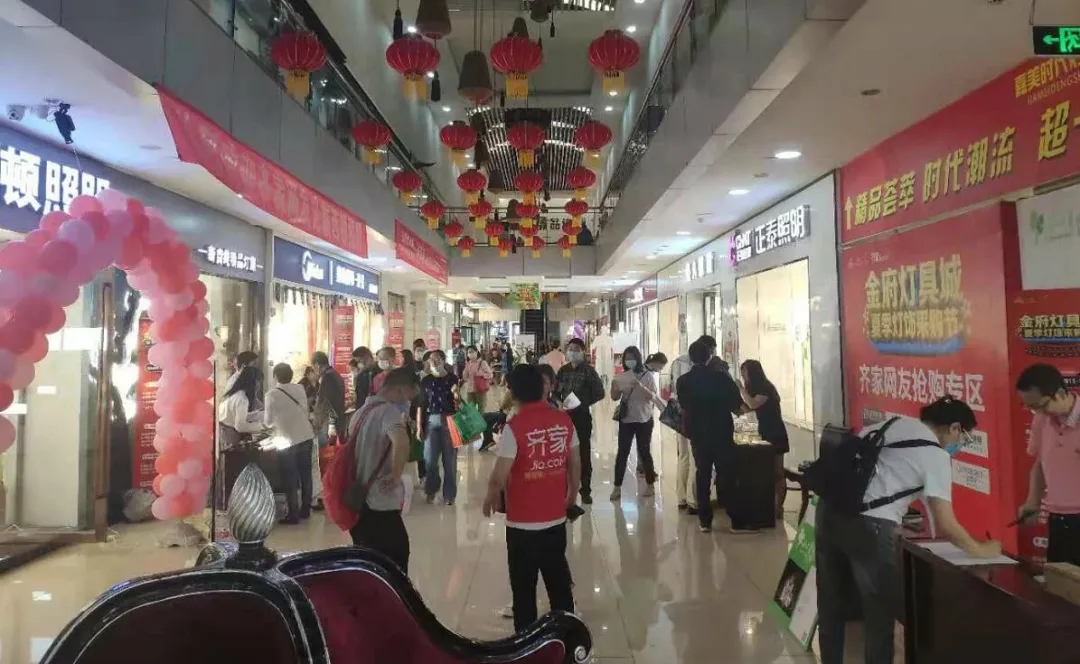
According to statistics from the China Building Materials Circulation Association, in 2021, the cumulative sales of building materials and home furnishing stores above designated size will be 1,177.392 billion yuan, exceeding 1.1 trillion yuan, a year-on-year increase of 54.43%.
Experts and scholars have analyzed that compared with 1,005.71 billion yuan in 2019, this data will increase by 4.09% year-on-year in 2021. Comparing the two, it means that the sales of regulated stores in 2021 will be higher than in 2019. From the statistical data, it is difficult to be very accurate. At present, there are not many people in home furnishing stores with operating difficulties. In 2021, nearly 26% of the stores will experience a decline in sales, and the number of merchants will decrease by about 31%. Markets are naturally facing severe challenges.
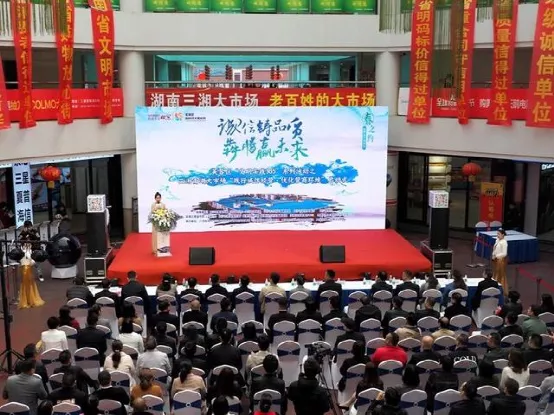
Han Zonghuai, chairman of Shanghai Lighting City, introduced, "The birth of traditional stores is what the times need. In the era of sellers with asymmetric information and short supply, traditional stores are an important carrier of terminal consumption and procurement, and also manufacturers through distributors in stores. It is an important platform for brand promotion and product circulation. The "chartered public" and "chartered women" models make quick money in a shop that is hard to find. However, with the advent of the buyer's era, traditional stores have gradually been unable to adapt to the trend development, and traditional stores have emerged. Oversupply, serious brand homogeneity, uneven products, and fierce competition among traditional stores have led to the rent level reaching the ceiling. Especially in recent years, traditional stores have experienced shrinking projects, empty shops, declining rent levels, declining commercial value, and declining passenger flow, etc. bottleneck."
As a platform connecting upstream and downstream manufacturers, the traditional lighting market is affected by the existing operating model, organizational structure, corporate culture and other factors. How to transform smoothly in the future, so that the "elephant" can run as flexibly as the "cheetah"?


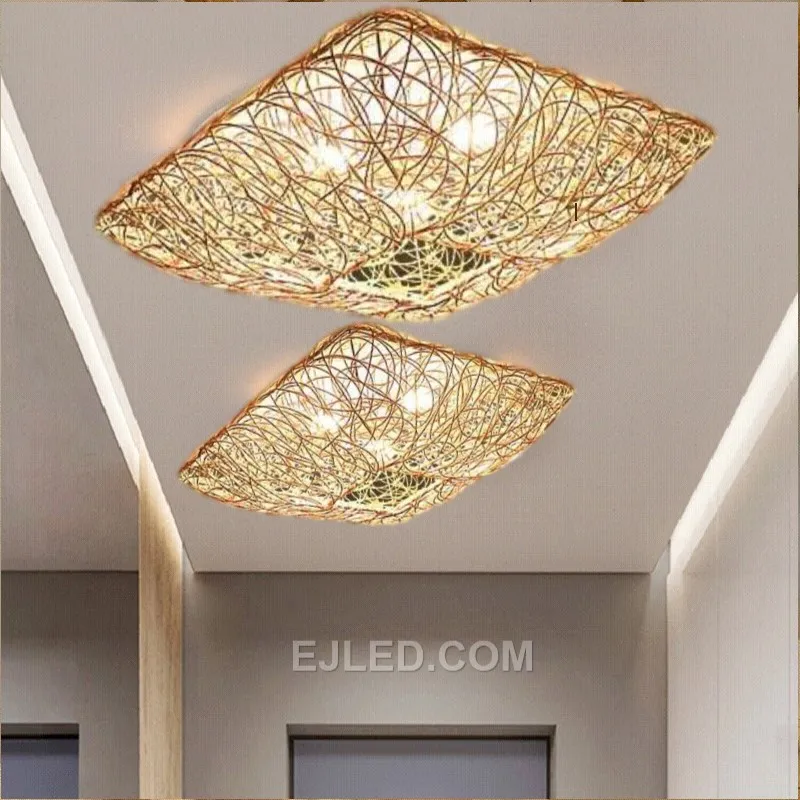
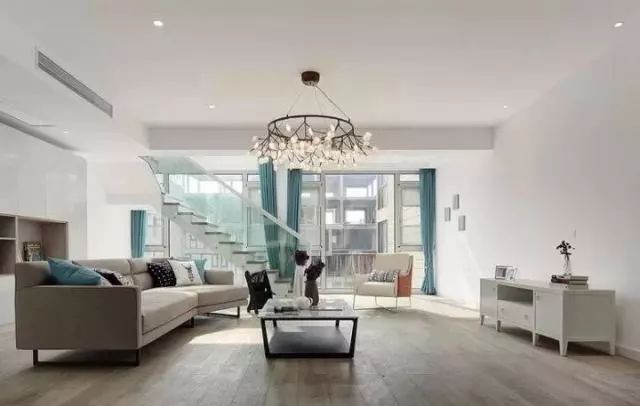
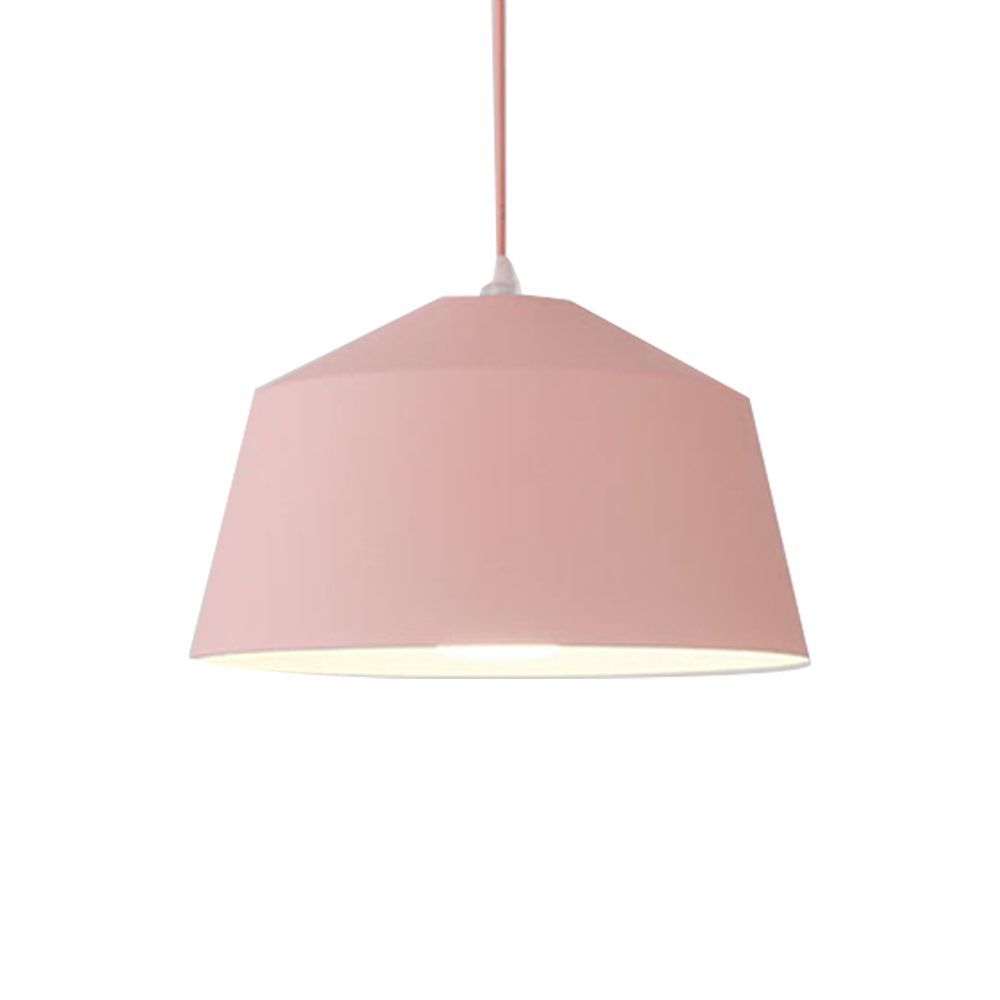
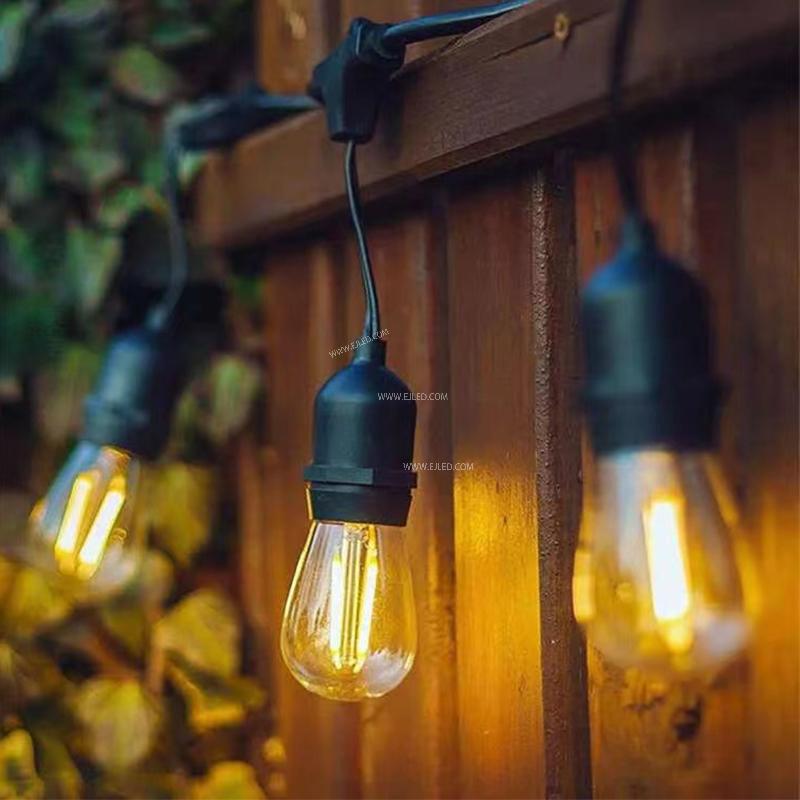
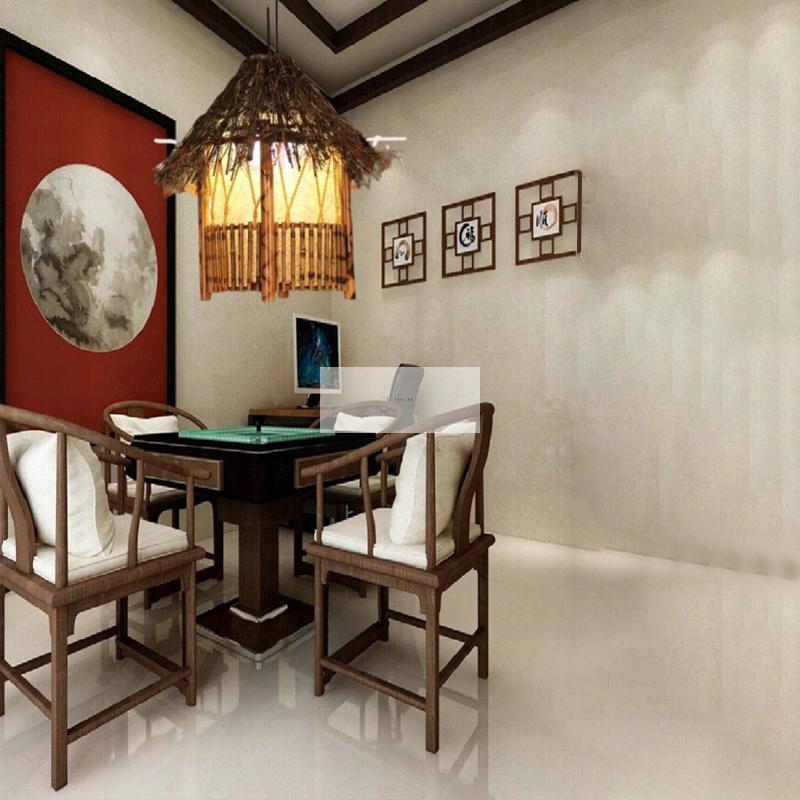
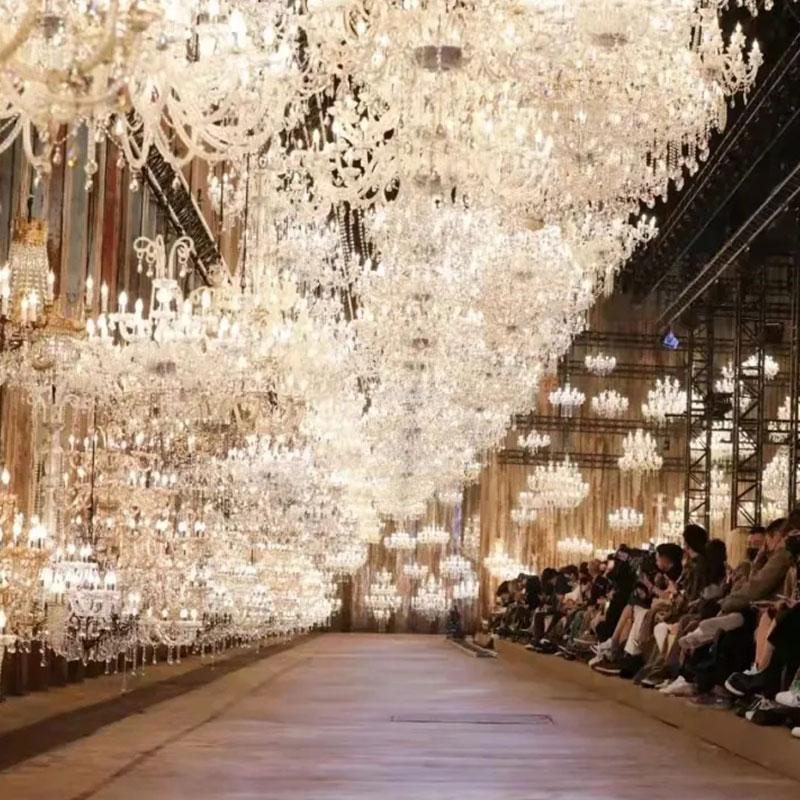
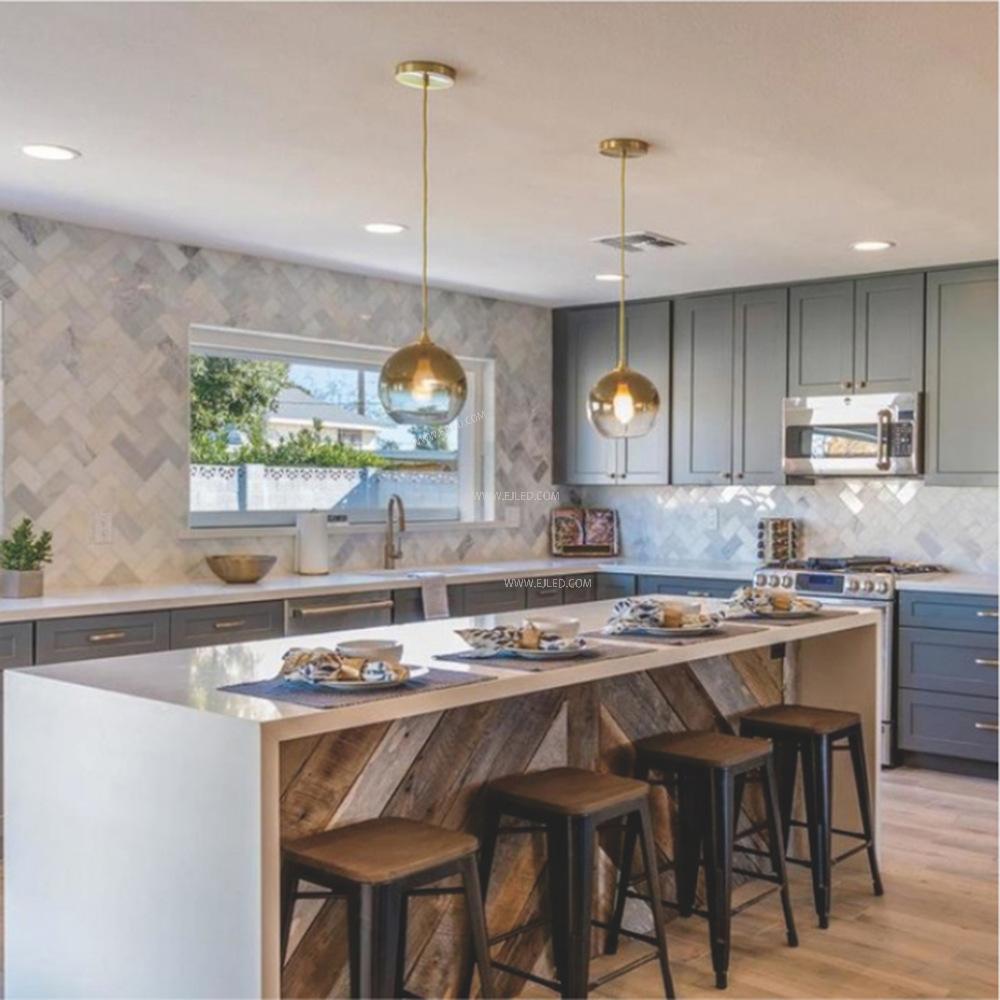
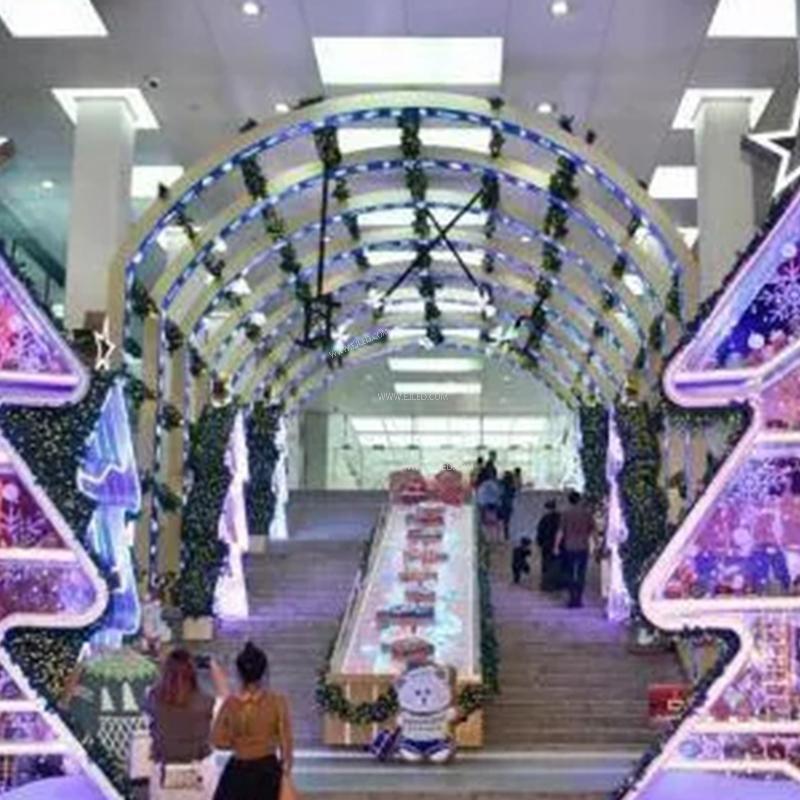
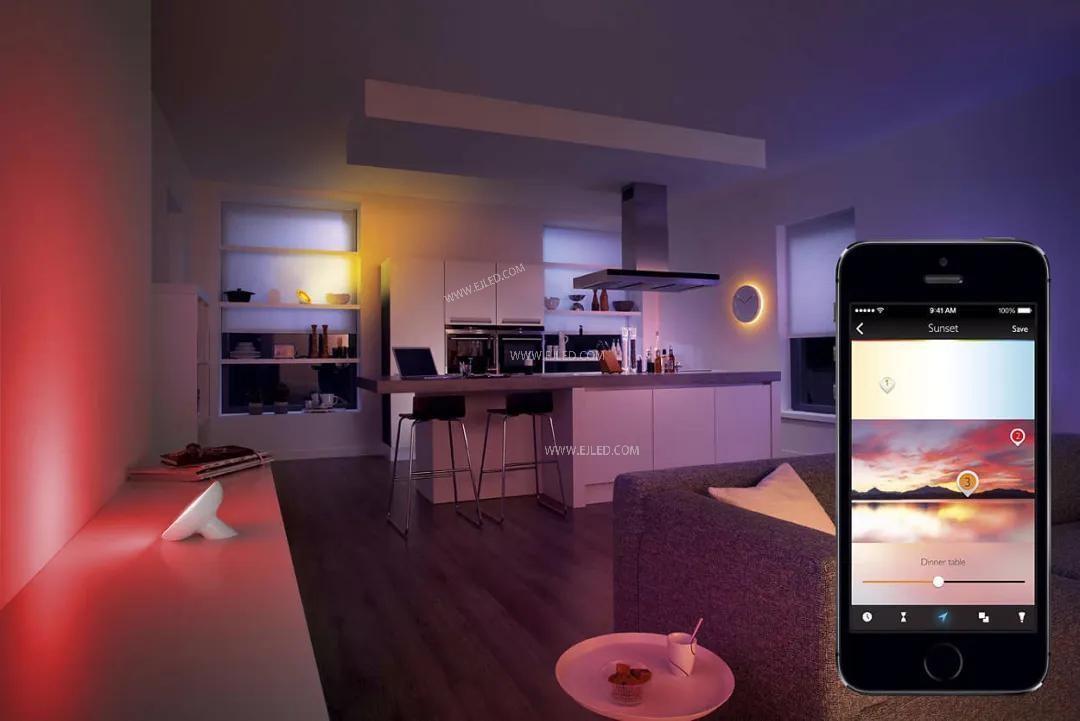
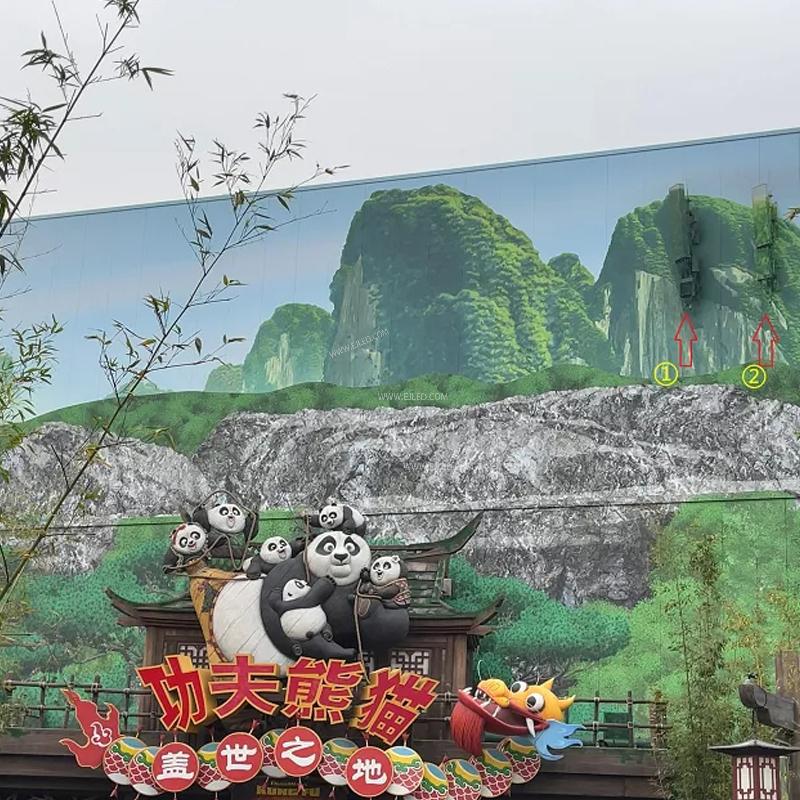
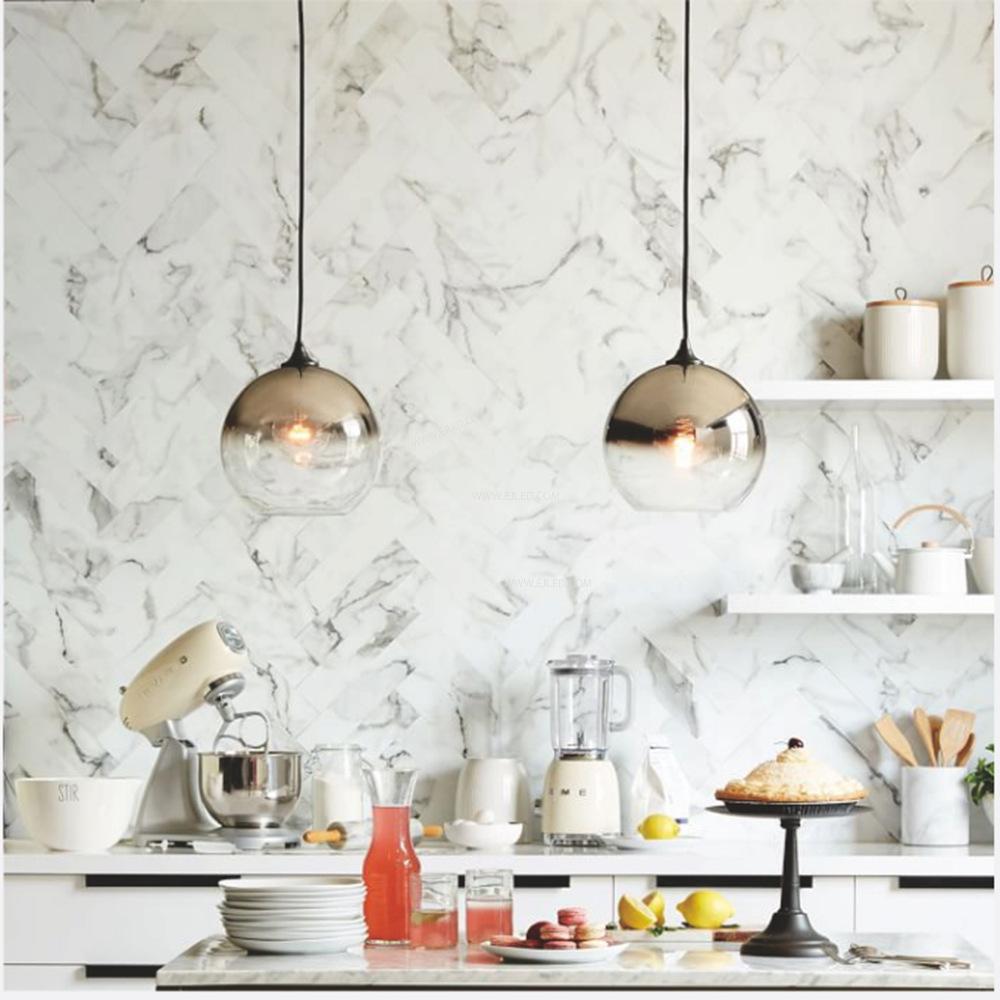
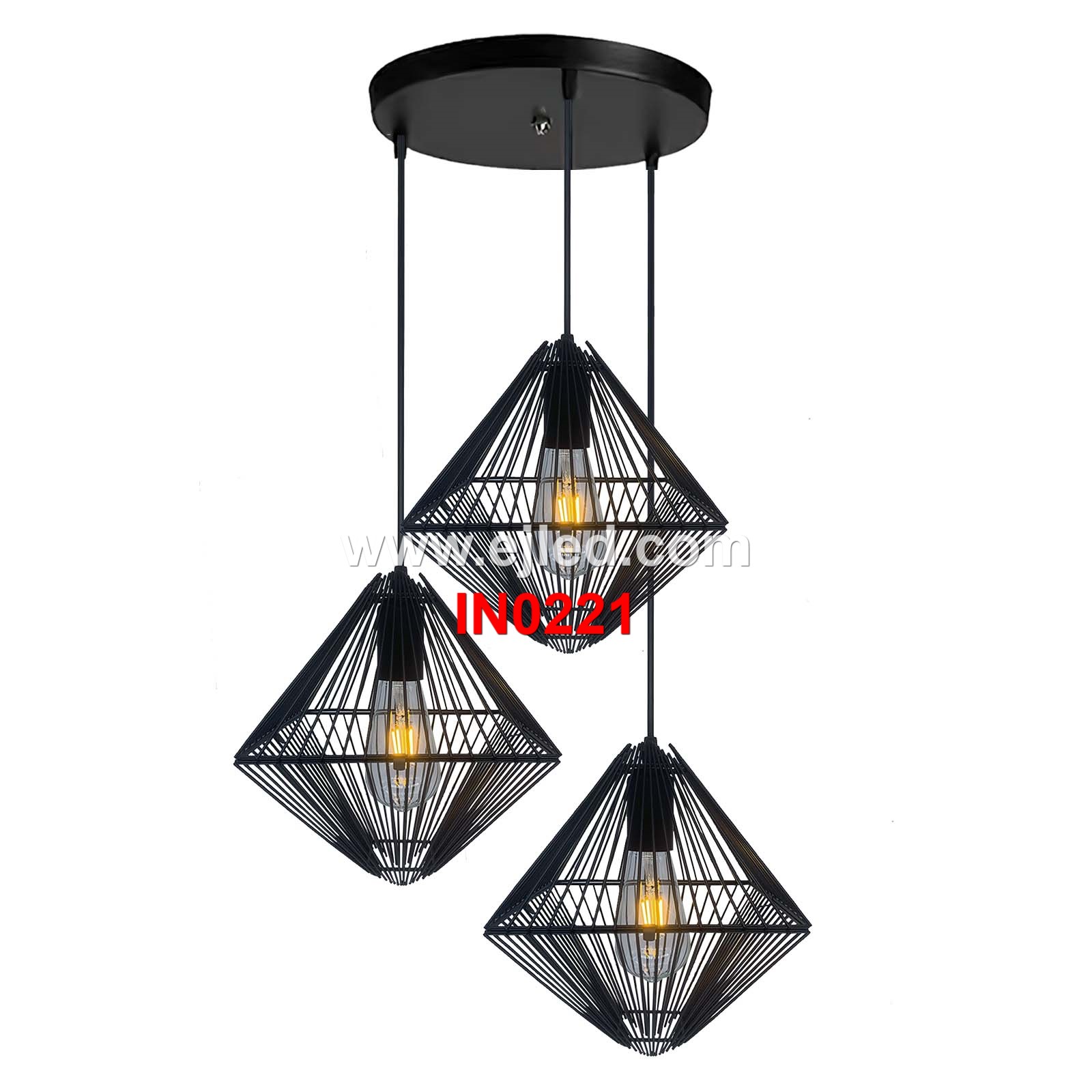
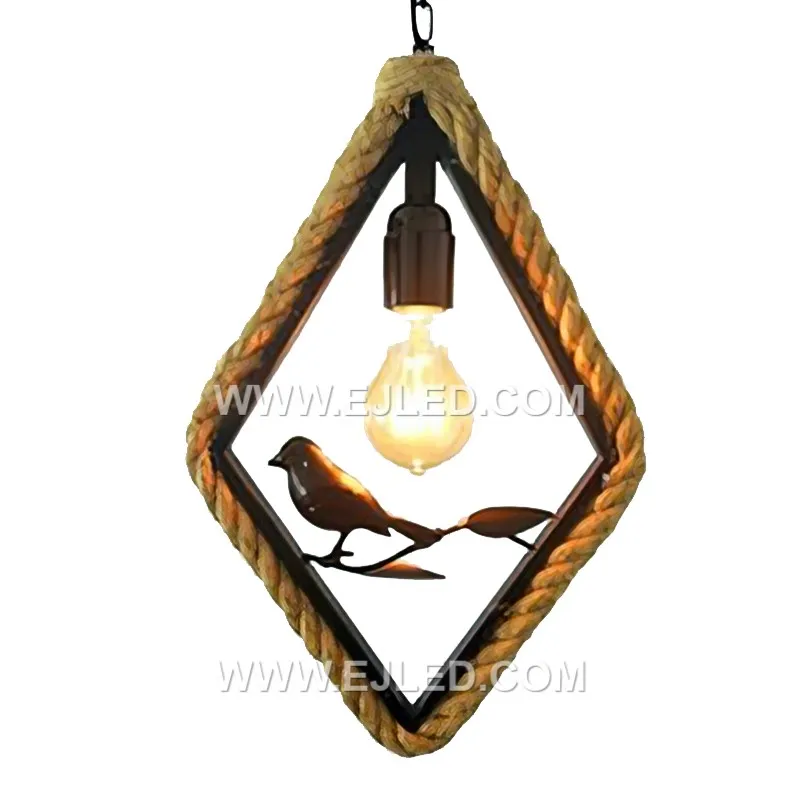
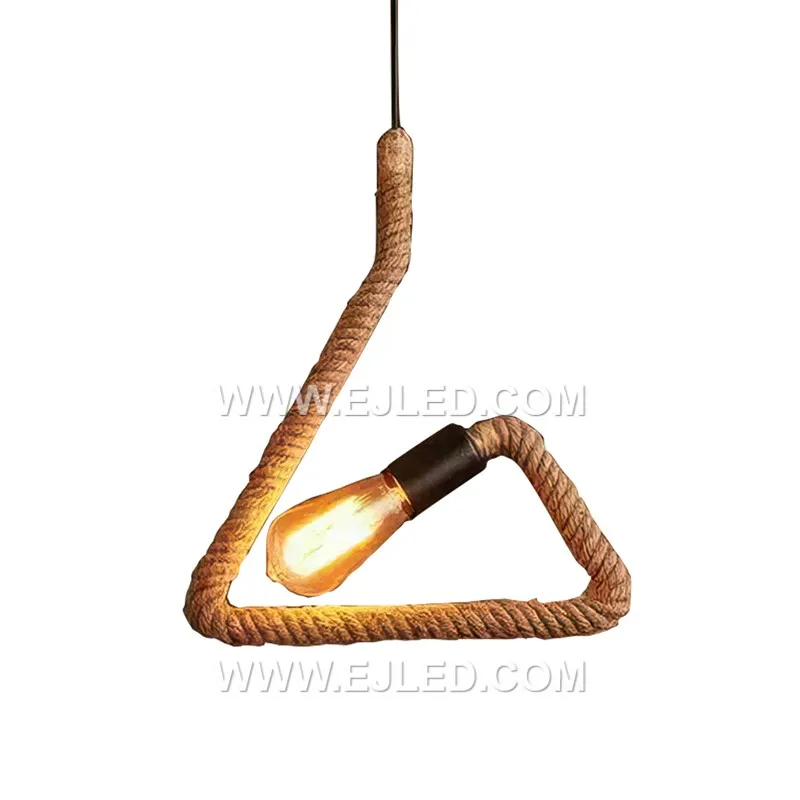
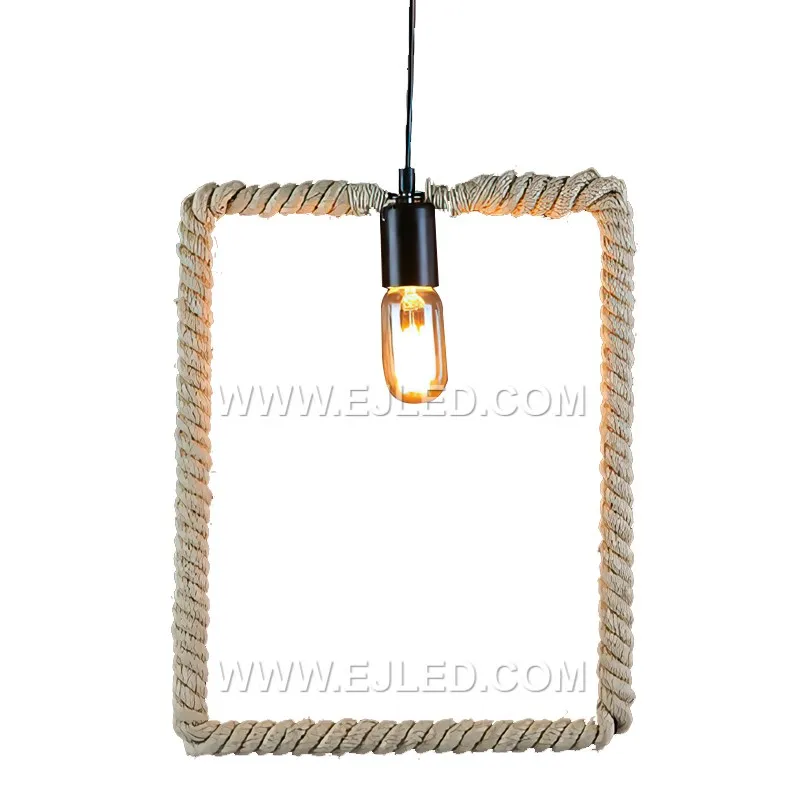
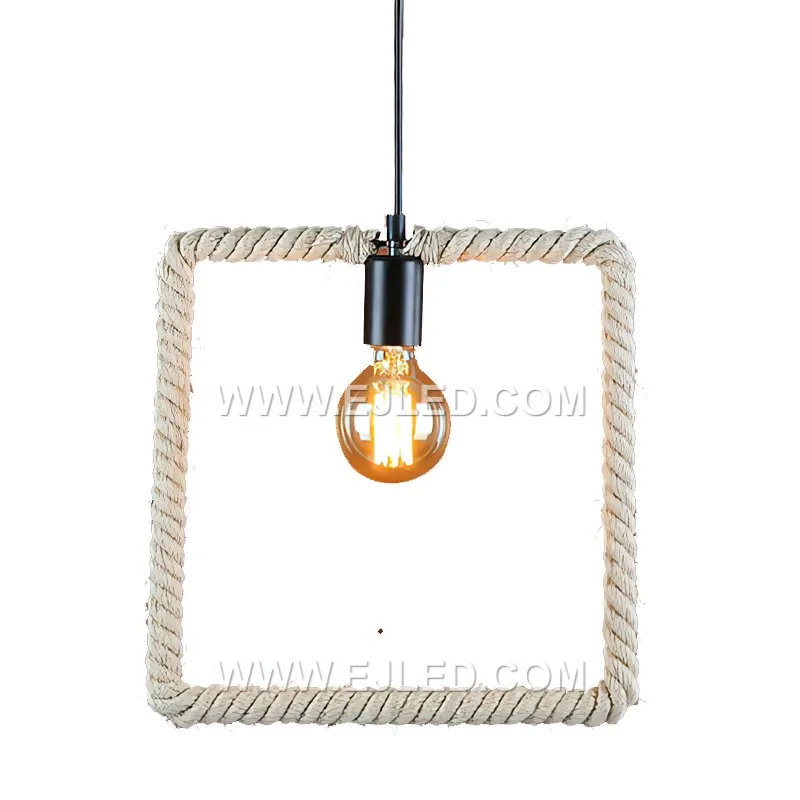
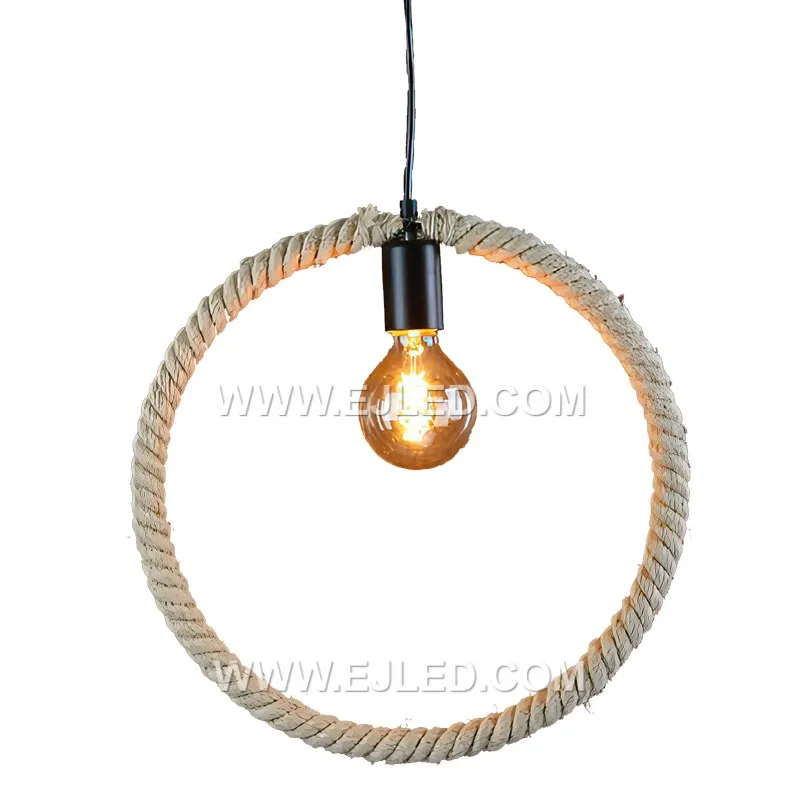
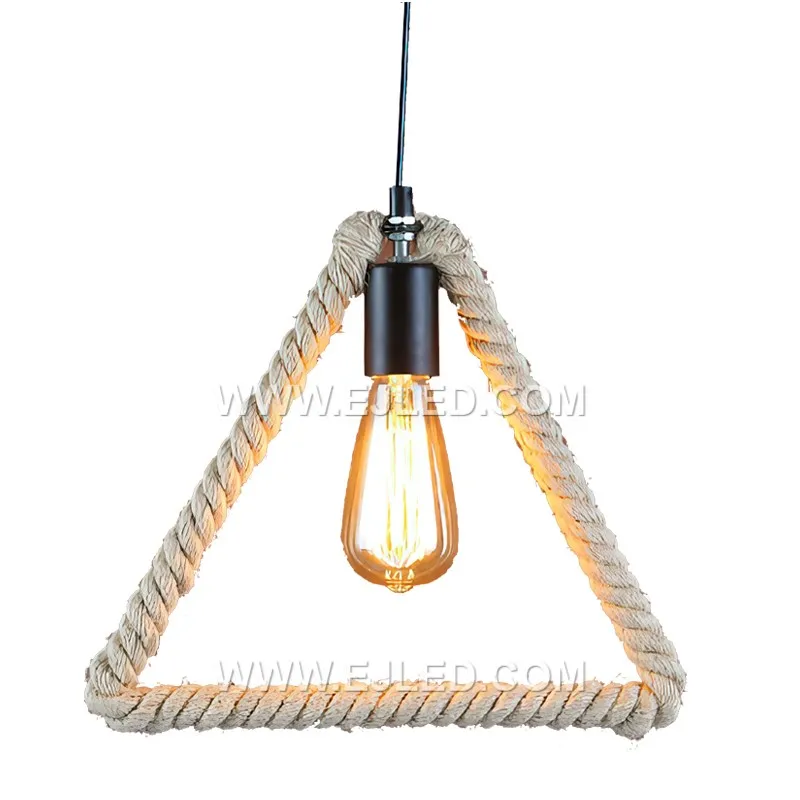
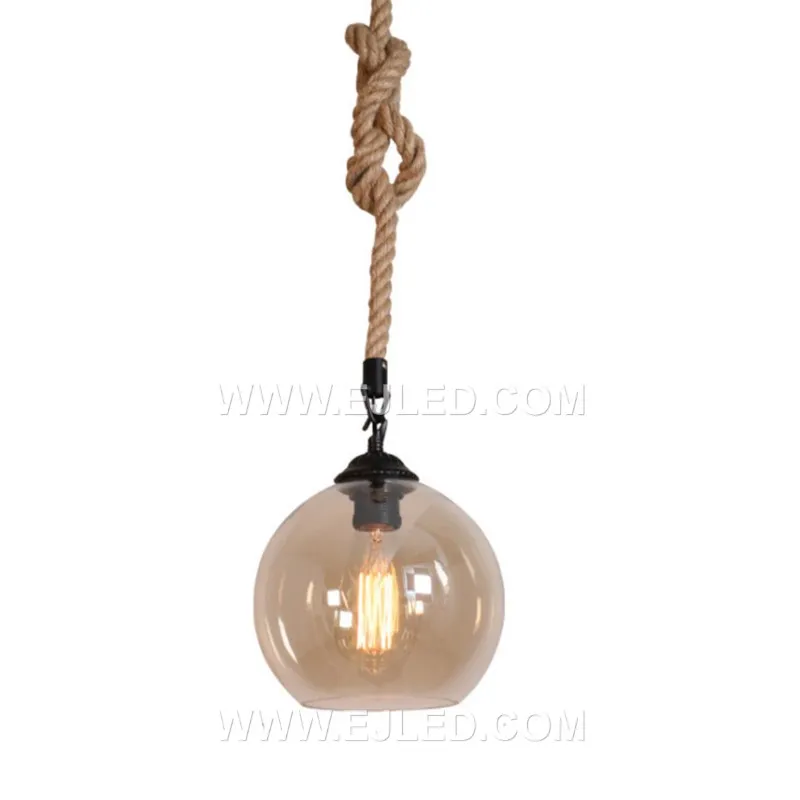
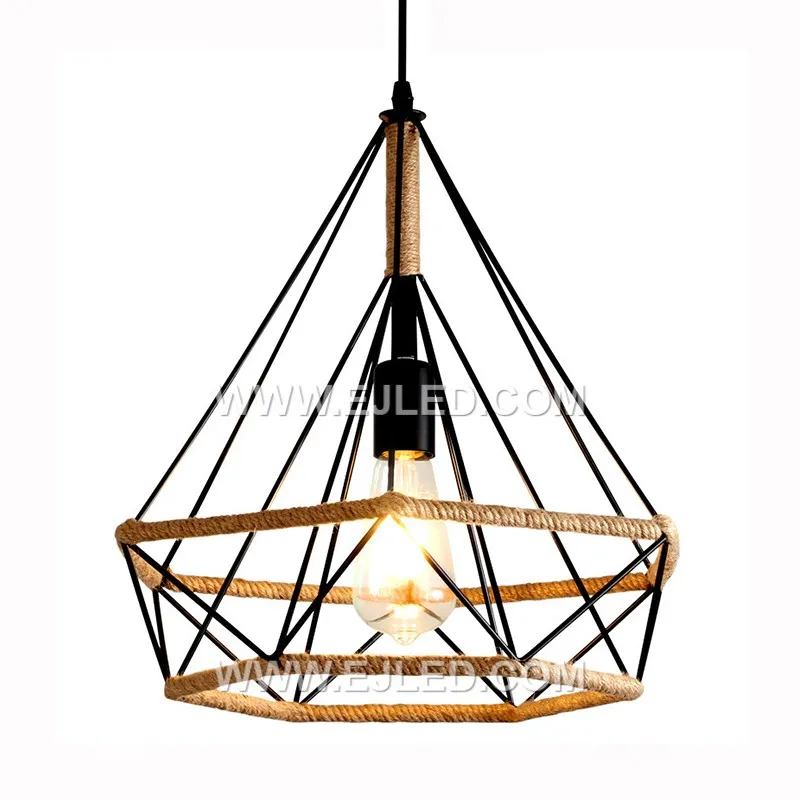
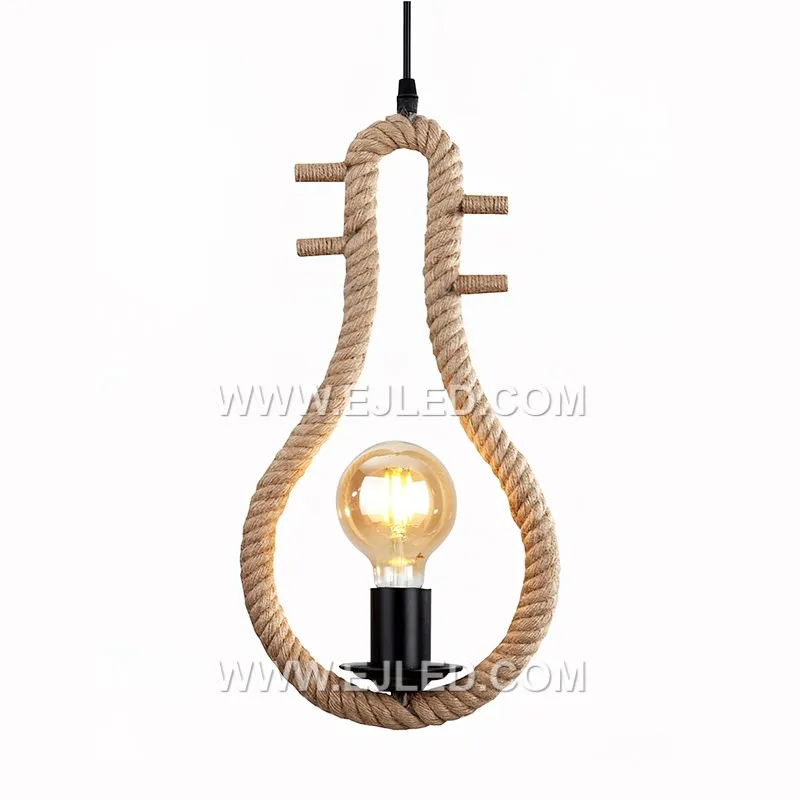
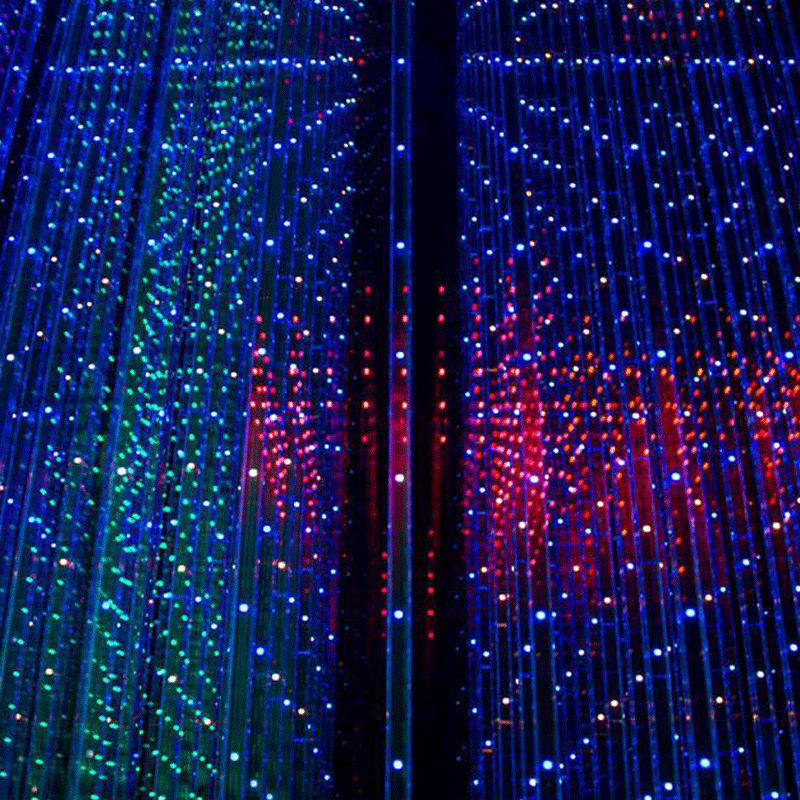

Leave a comment